If you want to know about the elements of design or cost-effective construction technologies or methods for reducing cost in design, please click the link.
Cost-effective architecture refers to the design and construction of buildings and other structures that achieve a balance between functionality, aesthetics, and affordability. It involves optimizing the use of materials, labor, and energy to create a building that meets the needs of its occupants while minimizing waste and minimizing the total cost of ownership over the life of the structure.
1) Cost-effective architecture ( Definition )
Definition of Efficiency?
- Efficiency is the extent to which the program has converted or is expected to convert its resources/inputs (such as funds, expertise, time, etc.) economically into results in order to achieve the maximum possible outputs, outcomes, and impacts with the minimum possible inputs.
- Value-for-money
Definition of Cost-effective Architecture?
- Cost-effective
– (Adjective) effective or productive in relation to its cost.
– Relationship between monetary inputs and the desired outcome. - Cost-effective Architecture is all about design & construction that optimises the various aspects of construction without changing the quality of the final product.
2) Concept
- There are a number of ways to cut costs when constructing a building.
- Cost-effective does not mean substandard or poor quality structures.
- Quite the opposite, it involves strategies intended to optimise resources, technologies, material utilisation, and maximise efficiency of the structure.
- Cutting costs can be achieved in various ways without losing sight of utility or aesthetics.
- Design is one of the easiest ways to cut down on costs.
- First of all, one should know the limits of how he/she want to live.
- Look at the optimum size one can live comfortably in, i.e., reduce consumption.
- Further, make the design effective and efficient – make sure every nook and corner has been utilised.
- A good design arranges the floor plan of a house in a way that maximum use comes from minimum area.
- Look for enduring concepts and aesthetics so that the ideas represented in one’s home are original for years to come.
- Also, using built-in furniture like stones for shelves or sofa can be unique and cuts costs.
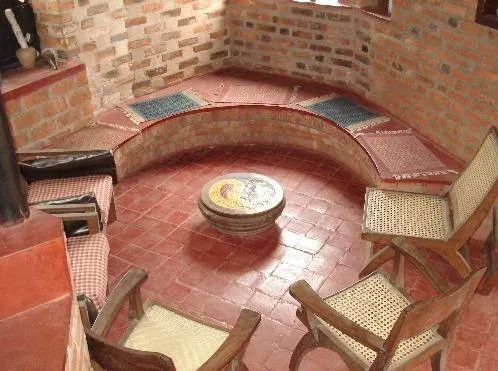
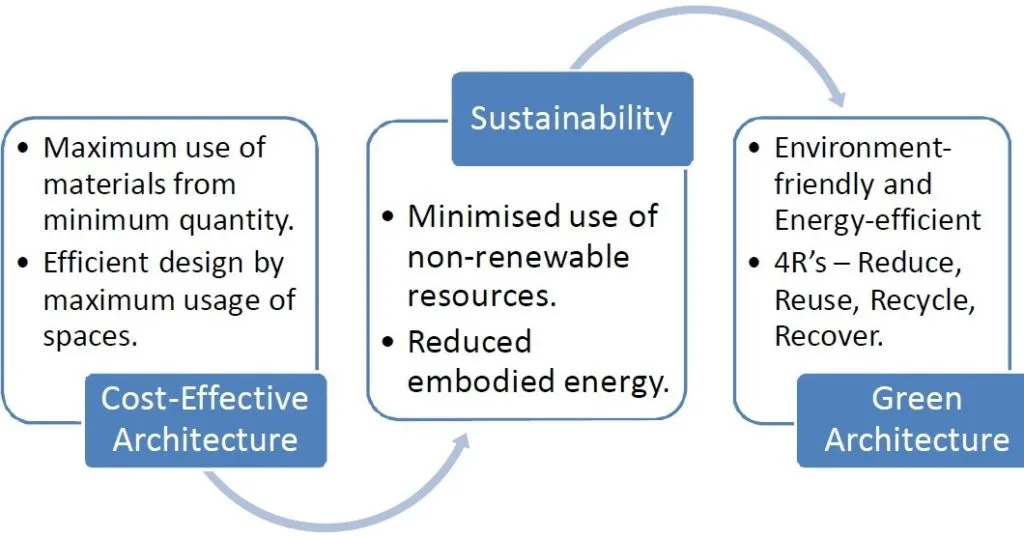
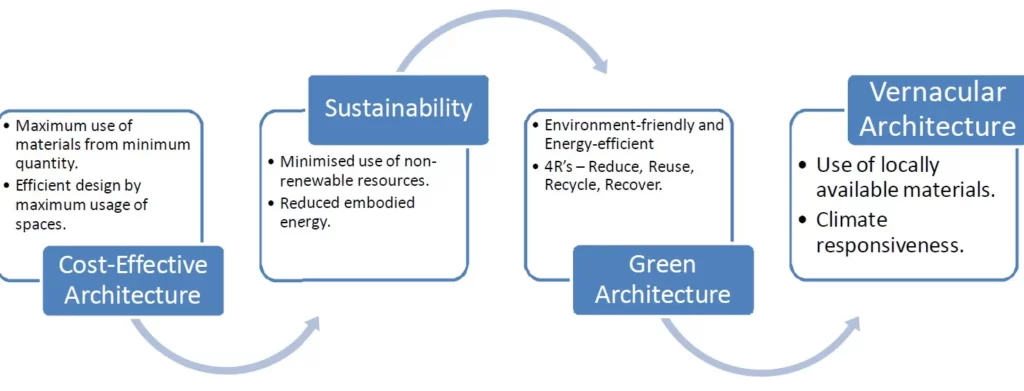
3) Principles of CEA
Plan:-
– What is the least-cost way of getting the expected results (without compromising on quality)?
Compare:-
– How do actual costs compare with benchmarks from conventional buildings?
Analyses:-
– Has the program cost more or less than planned? How did it measure up against its own costing schedule?
Design:-
– Efficient use of space
Materials:-
– Locally available materials
Construction Technologies
– Minimum use of resources
Community Participation
– Employment for local artisans
Criteria to be followed:-
– Availability of materials and skills,
– Energy consumption,
– Cost,
– Durability,
– Acceptability, and
– Maintenance Requirements
4) Design objectives of CEA
- Determining true cost-effectiveness requires a life-cycle perspective where all costs and benefits of a given project are evaluated and compared over its economic life.
- A building design is deemed to be cost effective if it results in benefits equal to those of alternative designs and has a lower whole life cost, or total cost of ownership.
- Components of the whole life cost include the initial design and construction cost, on-going operations and maintenance, parts replacement, disposal cost or salvage value, and of course the useful life of the system or building.
5) Need for CEA
- The cost of construction is increasing at rates which are more than 50% of inflation level.
- This means that while the income capacities of people are marginally being increased to take care of inflation, the cost of construction due to cost of steel, cement, brick, tile, timber and other fittings, and components like water supply, sanitation and electrical installations.
- As per a January 2018 report by The Confederation of Real Estate Developers Association of India’s (CREDAI) Chennai chapter, the cost of sand, which was ₹35 cu.ft, in July 2017, saw a sharp increase of 75% and stood at ₹135 per cu.ft.
- Similarly, cement, earlier priced at ₹270 per bag, now costs ₹330 per bag: a 25% increase in six months. Steel has risen by 32% from ₹35,000 per tonne to ₹47,500 per tonne.
- With GST on cement being 28 per cent and steel burdened with 18 per cent, the cost of construction has further increased.
- Combining all this, the overall cost of construction has gone up by about ₹4,300 per sq.ft.
- With the housing needs of weaker section, low income, middle income groups requiring 250 sq.ft., 400 sq.ft. and 800 sq.ft. to 1200 sq.ft. respectively., the final cost for these target groups go beyond their affordability levels.
- Considering that the construction cost has now gone up by around 25% in the recent months, so class C construction is now about 900 to 1000 Rs. per sq.ft., class B is around 1400, and class A can range from 2000 to 4000 (high end).
- Therefore, there is an imminent need to use innovative technologies which would bring down the cost of construction by using the materials and construction techniques which are efficient, effective and economic and are based on the use of Research and Development inputs, so that the cost of
construction can be reduced substantially. - At the same time, the alternative options using cost-effective technologies for construction, should not be a second hand
substitute to conventional technologies. - These should be as effective and functional for the structural stability of the building in terms of capacity to bear load as well as to withstand earthquake, cyclonic and other natural forces.
- Further, it should also provide for the right level of functional performance in respect of thermal comfort, sound insulation, retention ability to withstand the vagaries of weather and rainwater.
- Such technologies have been developed by various Research and Development Organisations in India and abroad.
i) Organizations – GOVT.
- Central Building Research Institute (CBRI) at Roorkee
- CSIR-Structural Engineering Research Centre (CSIR-SERC)
- Regional Research Laboratories (RRL)
- National Council for Cement and Building Materials (NCB)
- Housing and Urban Development Corporation (HUDCO)
- Nirmithi Kendra, State Government of Kerala
ii) Organizations – NON-GOVT.
- Institute for Solid Waste Research & Ecological Balance (INSWAREB)
- Development Alternatives (DA), New Delhi
- Centre for Scientific Research (CSR), Auroville
- Centre of Science for Villages (CSV), Wardha
- Centre for Sustainable Technologies (CST),
formerly known as Centre for Application of Science and Technology for Rural Areas (ASTRA), part of IISc R&D - Centre of Science & Technology for Rural
Development (COSTFORD), Kerala – an organisation which is carrying forward Laurie Baker’s pioneering work in Cost-effective Architecture. - Academy for Sustainable Habitat Research and Action (ASHRA), Anangpur Building Centre, Faridabad, Haryana.
- Hunnarshala Foundation for Building Technology & Innovations, Bhuj, Gujarat.
- Dharmalaya Institute run by Ar. Didi Contractor, Kangra, Himachal Pradesh
6) Cost-ford works
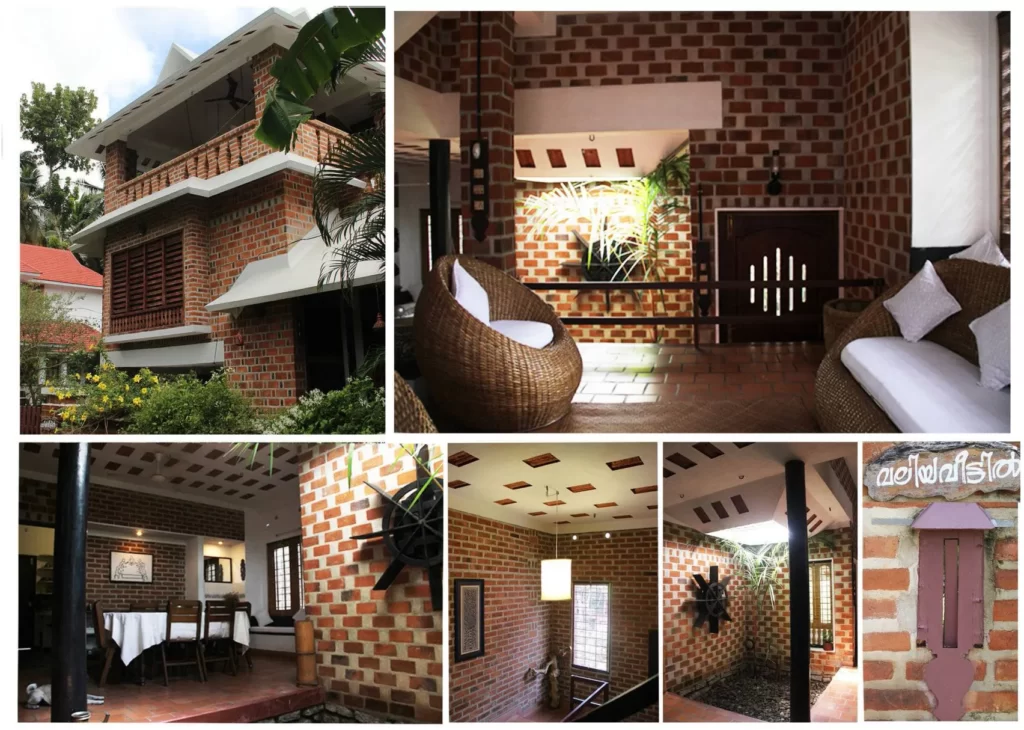


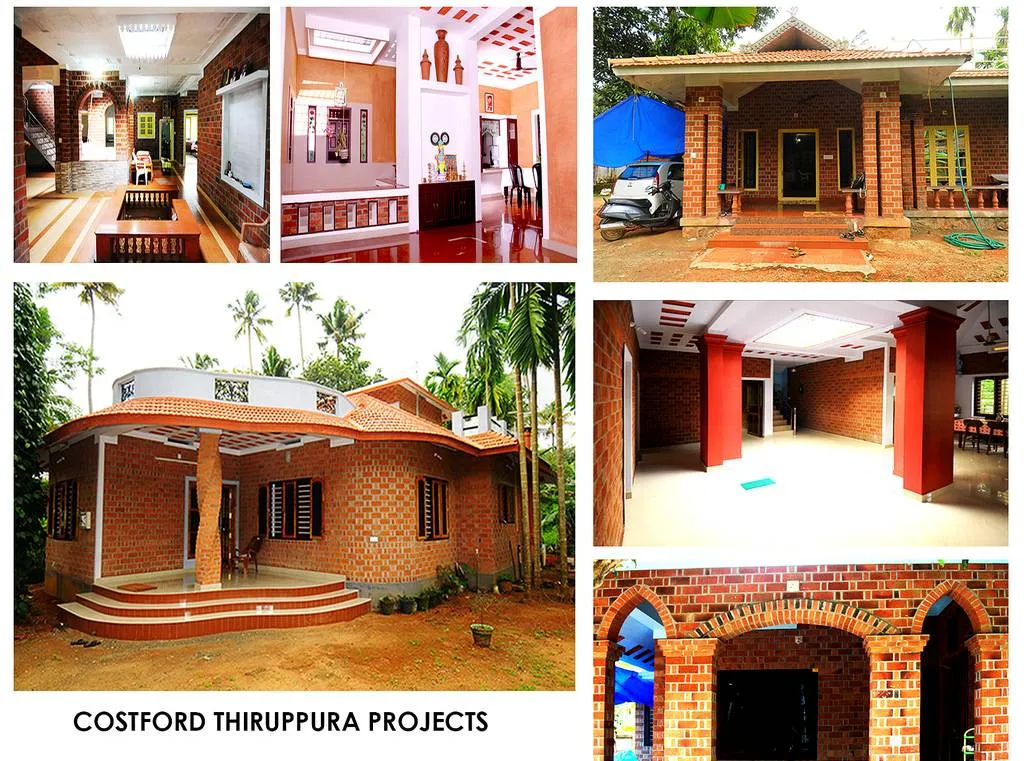
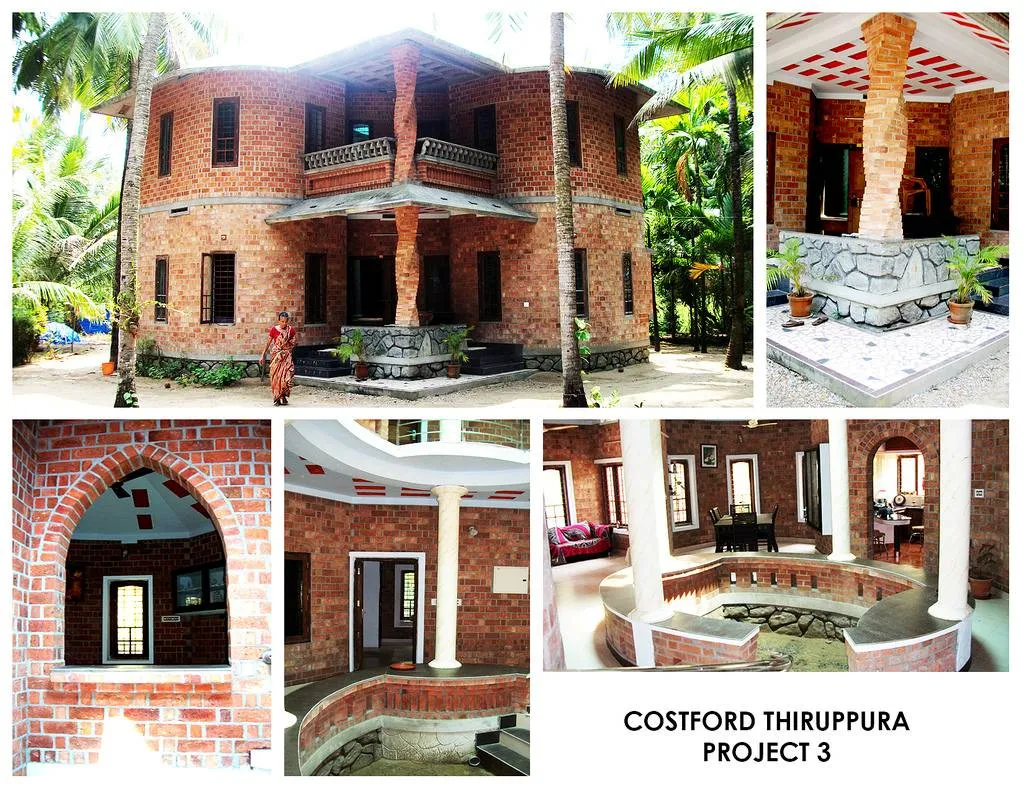
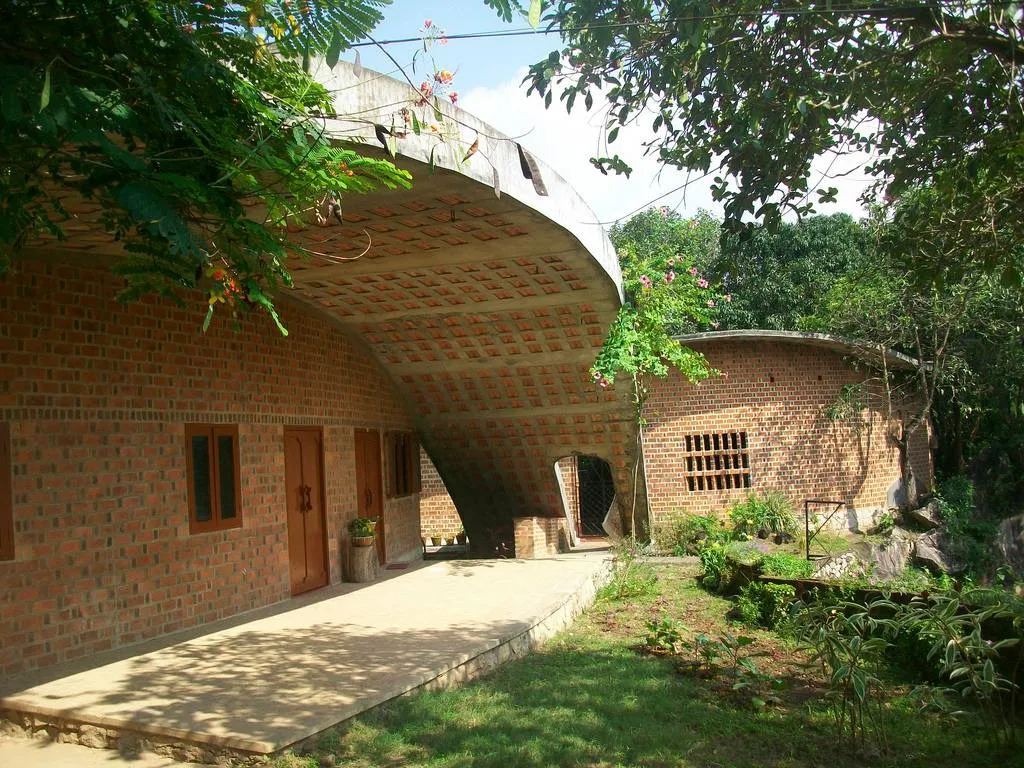
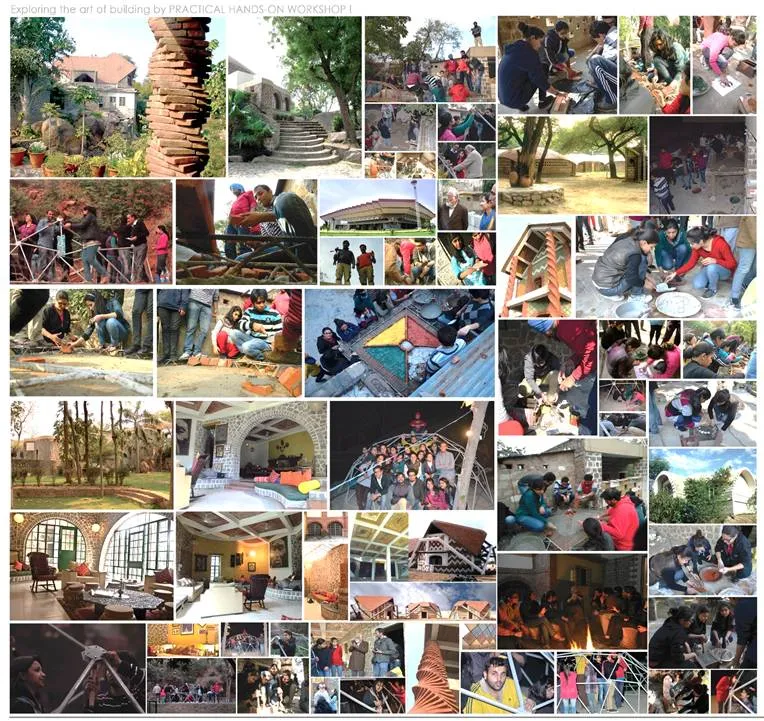
By taking a holistic approach to design and considering the long-term cost implications of design decisions, architects can create cost-effective buildings that meet the needs of their occupants while minimizing waste and reducing environmental impact.